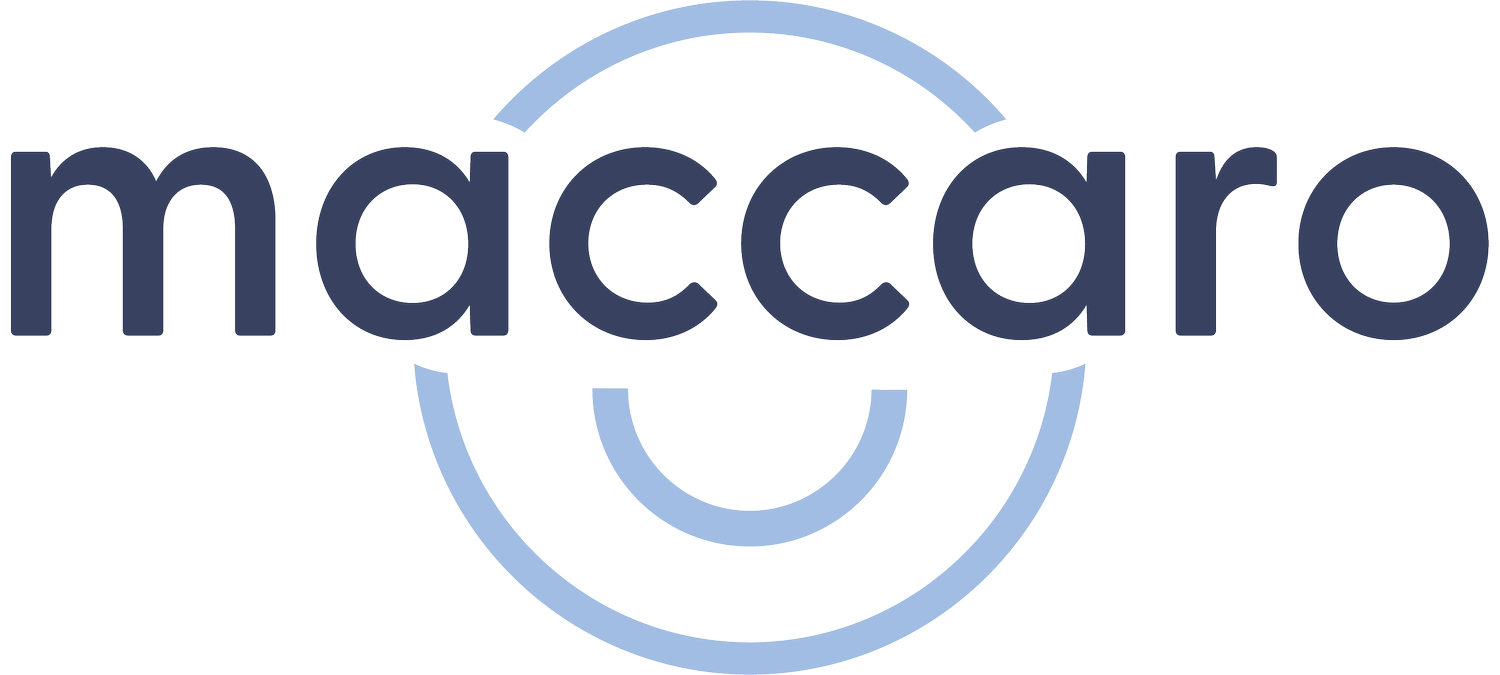3D Dental Tech: Transforming Treatment with Visualization
In the realm of dentistry, technological advancements have always played a pivotal role in enhancing treatment efficacy and patient comfort. The latest innovation transforming the field is 3D dental technology. This cutting-edge approach to treatment planning and execution leverages the power of visualization to create precise, non-invasive dental procedures. With detailed 3D mapping, both dentists and patients can now engage with a visual representation of the dental landscape, leading to a smoother treatment experience and ultimately, improved oral health outcomes.
Revolutionizing Dental Diagnostics with 3D Imaging
The first step in any dental treatment is diagnosis, and 3D imaging has revolutionized this crucial phase. Cone-beam computed tomography (CBCT) scans allow dentists to obtain high-resolution three-dimensional images of a patient's teeth, soft tissues, nerve pathways, and bone—all in a single scan. This level of detail surpasses what traditional two-dimensional X-rays provide, facilitating a comprehensive understanding of the patient’s oral anatomy.
Precision Treatment Planning with 3D Models
Following diagnostics, detailed treatment planning is the next stride in dental care. Utilizing 3D models generated from imaging data, dentists can plan procedures with unprecedented precision. These models serve as an accurate guide for dental interventions, from simple fillings to complex reconstructions, ensuring that the actual treatment aligns perfectly with the planned outcome.
Customized Prosthodontics and Orthodontics
In prosthodontics and orthodontics, customized solutions are the gold standard, and 3D dental technology is making this easier to achieve than ever before. With the ability to print 3D models of patients' mouths, practitioners can design and create bespoke dental prostheses like crowns, bridges, and aligners that fit flawlessly. This customization not only improves the aesthetic results but also enhances the patient's comfort and treatment effectiveness.
Enhanced Patient Experience through Visualization
The visual nature of 3D dental technology also significantly enhances the patient experience. Patients can now see a three-dimensional representation of their dental anatomy and the proposed treatment plan. This transparency helps demystify complex procedures, reduces anxiety, and fosters an environment of trust and understanding between patient and practitioner.
Minimally Invasive Surgery with 3D Guidance
Dental surgeries are often a source of apprehension for patients due to the fear of invasive procedures. However, with the advent of 3D surgical guides, dentists can perform surgeries with minimally invasive techniques. These guides are custom-made for each patient, ensuring that incisions and implants are placed with optimal accuracy, reducing recovery time and post-operative discomfort.
Integrating 3D Printing into Dental Restoration
3D printing technology is becoming increasingly central to dental restoration work. Advanced 3D printers can produce dental restorations and surgical tools directly from the digital models, streamlining the manufacturing process and reducing wait times for patients. This on-demand production capability ensures that the tools and components used are tailored for a snug and precise fit.
Navigating Complex Endodontics with Clarity
Endodontic treatments, such as root canals, require a clear understanding of the tooth's internal structure. 3D imaging provides dentists with an exact roadmap of the tooth's canals and any related complications, greatly improving the chances of a successful treatment. This clarity is especially critical in complex cases where the tooth’s anatomy may not be immediately apparent.
Reducing Risks with Improved Surgical Visibility
The risks associated with dental surgery are significantly reduced when 3D visualization is part of the preparation process. By mapping out the surgery in a three-dimensional space, dentists can anticipate and avoid potential complications, such as nerve damage or improper implant placement. This proactive approach contributes to safer, more predictable surgical outcomes.
Training and Education with 3D Technology
Beyond patient treatment, 3D dental technology is also revolutionizing training and education in the dental field. Dental students can study intricate anatomical structures and practice procedures using 3D models and simulations. This hands-on experience facilitates a deeper understanding of dental conditions and treatments, equipping the next generation of dentists with advanced skills before they even begin working with real patients.
Looking Ahead: The Future of 3D Dental Technology
The trajectory of 3D dental technology shows no signs of slowing down. Ongoing development promises even more sophisticated diagnostic tools, treatment planning software, and 3D printing materials. As the technology progresses, dental professionals can expect to see further improvements in the accuracy, efficiency, and overall quality of dental care provided to patients.
The integration of 3D dental technology into treatment planning and procedural execution represents a seismic shift in dentistry. This technology provides a clear visual roadmap that benefits both practitioners and patients, fostering a more comfortable and effective dental care experience. From diagnostics to surgery to patient education, 3D visualization is setting new standards in precision, transparency, and patient satisfaction, ensuring that dental care continues to advance at the pace of technology.
Experience the future of dental care today. Don't wait to transform your dental experience with the power of advanced visualization. Contact us now to learn more and take the first step toward optimal oral health.
